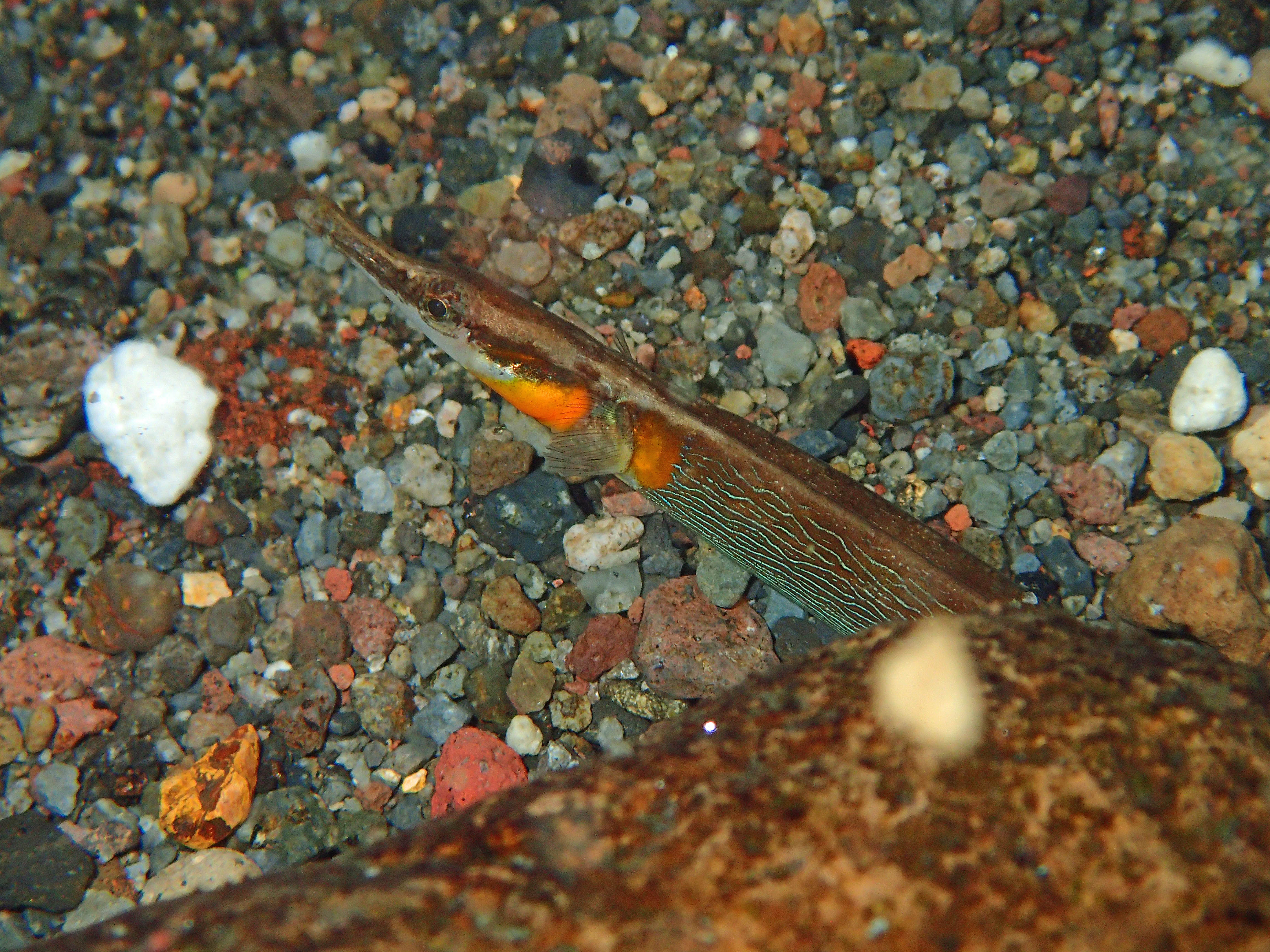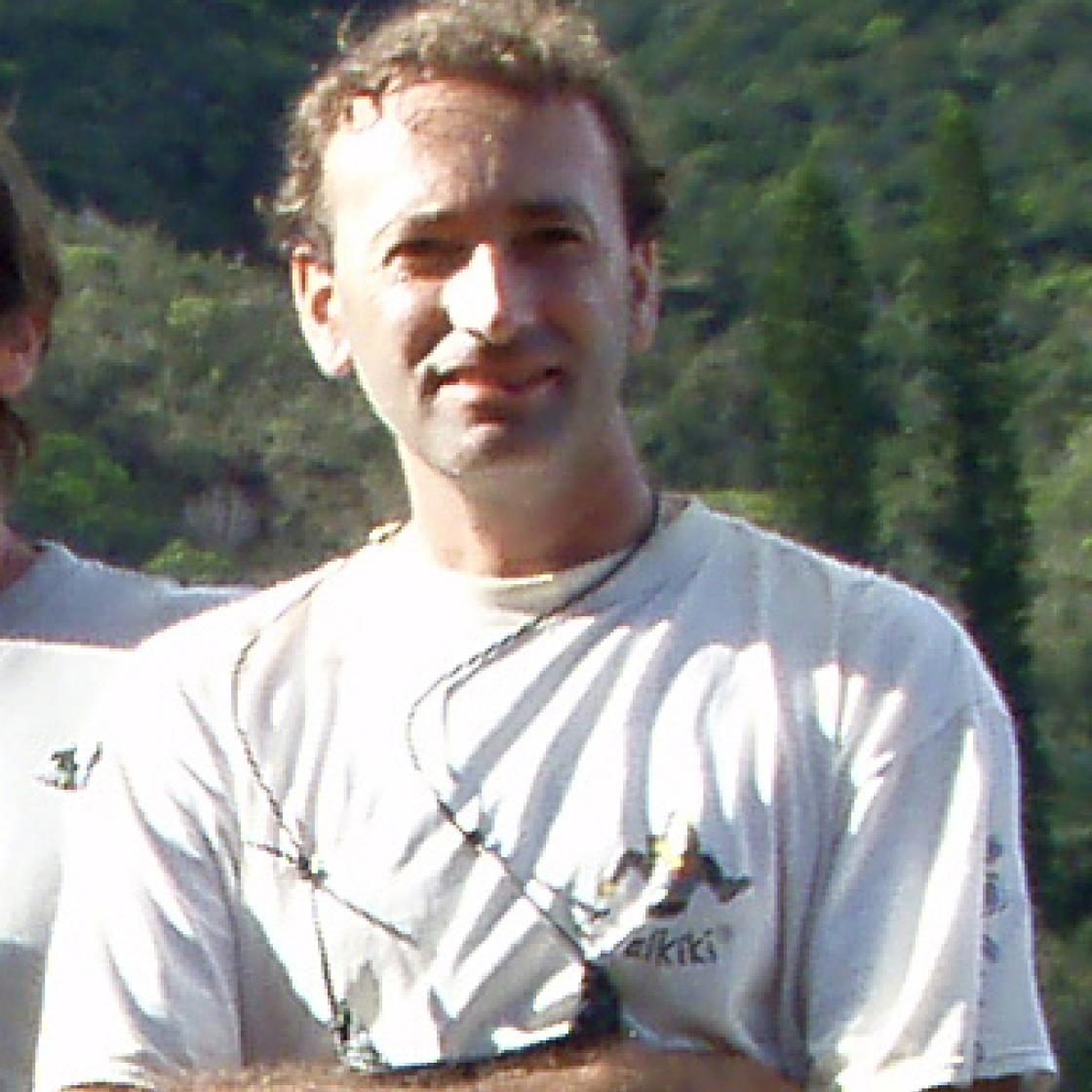B.C. Ebner, K. Maeda, J.A. Donaldson, D. Harasti, C. Lord, V. Haÿ, J. Heffernan, D. Starrs, P. Thuesen, S. Beatty, D. Boseto, L.K.F. Copeland, B. Rashni, R.S. Hevalao, P. Keith. Pebbled places preferred by people and pipefish in a World Heritage protected area. Cybium 2023, 47(4) : 401-416. doi: https://doi.org/10.26028/cybium/2023-039
Although the ecological impacts of recreational activities in clear tropical streams are occasionally acknowledged and addressed, frequently they remain unmanaged, despite the fact that such streams are highly sought-after destinations for leisure pursuits. Here, we provide a case study on the ecological characteristics of the Indo-Pacific freshwater pipefish Microphis leiaspis Bleeker, 1854, which is a habitat specialist with little available information aside from its reproductive biology and the downstream migration patterns of its larvae. Drawing from our collective experiences, we describe the distribution and habitat of Microphis leiaspis and examine the potential impacts of various small-scale human activities on its livelihood, including those occurring within protected areas. In particular, we document incidental observations of human disturbances to adult Microphis leiaspis habitat in clear freshwater streams located within the Australian Wet Tropics (AWT) World Heritage Area. Using these observations as a foundation, we conceptualize human interactions with this species in the AWT streams and more broadly across the tropical Indo-Pacific Ocean. Microphis leiaspis occurs in the lower-mid course of short-steep-coastal-streams, in association with pebble fields, where it feeds on microscopic benthic invertebrates. We observed three distinct human behaviours in the pipefish habitat within the AWT, including stone-stacking, the construction of boulder-cobble dams, and stone-skimming. Additionally, we report on other small-scale human activities that may potentially impact this pipefish species in streams across Pacific Island nations and select coastal regions of continents. Our recommendation is to promote a ‘leave no trace’ approach to the public, which can be effectively communicated by key individuals such as indigenous custodians, national park managers, locals, and tourism operators. This approach aims to minimize rock movement by people, thereby aiding in the protection of diadromous pipefish and other aquatic species residing in short-steep-coastal-streams.
Although the ecological impacts of recreational activities in clear tropical streams are occasionally acknowledged and addressed, frequently they remain unmanaged, despite the fact that such streams are highly sought-after destinations for leisure pursuits. Here, we provide a case study on the ecological characteristics of the Indo-Pacific freshwater pipefish Microphis leiaspis Bleeker, 1854, which is a habitat specialist with little available information aside from its reproductive biology and the downstream migration patterns of its larvae. Drawing from our collective experiences, we describe the distribution and habitat of Microphis leiaspis and examine the potential impacts of various small-scale human activities on its livelihood, including those occurring within protected areas. In particular, we document incidental observations of human disturbances to adult Microphis leiaspis habitat in clear freshwater streams located within the Australian Wet Tropics (AWT) World Heritage Area. Using these observations as a foundation, we conceptualize human interactions with this species in the AWT streams and more broadly across the tropical Indo-Pacific Ocean. Microphis leiaspis occurs in the lower-mid course of short-steep-coastal-streams, in association with pebble fields, where it feeds on microscopic benthic invertebrates. We observed three distinct human behaviours in the pipefish habitat within the AWT, including stone-stacking, the construction of boulder-cobble dams, and stone-skimming. Additionally, we report on other small-scale human activities that may potentially impact this pipefish species in streams across Pacific Island nations and select coastal regions of continents. Our recommendation is to promote a ‘leave no trace’ approach to the public, which can be effectively communicated by key individuals such as indigenous custodians, national park managers, locals, and tourism operators. This approach aims to minimize rock movement by people, thereby aiding in the protection of diadromous pipefish and other aquatic species residing in short-steep-coastal-streams.




